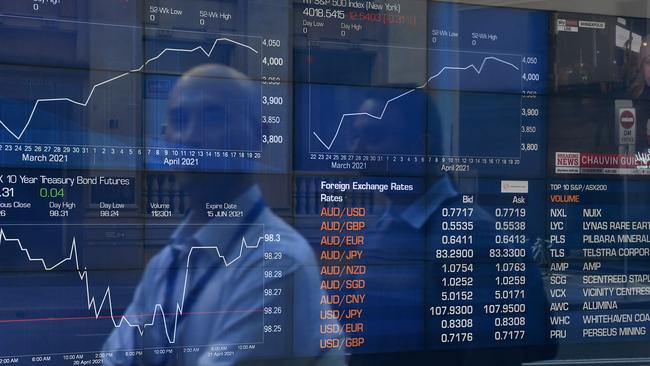IPO boost brings relief at ASX
The number of listed entities added to the ASX more than doubled last financial year compared to the year prior.

The number of listed entities added to the ASX more than doubled last financial year compared to the year prior, while capital raised through IPOs surged 70 per cent, according to data released by the exchange operator.
For the 12 months to the end of June, 176 listed entities were admitted to the exchange, compared with 83 for the 12 months to June 30, 2020, the ASX’s latest monthly activity report shows.
Initial capital raised across all new listings, including company IPOs, new debt listings and spin-offs, also jumped in the 2021 financial year, to $40.6bn. This was a 50 per cent rise on the $27bn raised in the 2020 financial year.
The initial capital raised in the month of June, at $12.6bn, was down on the $16.5bn raised in the same month last year, when companies shrugged off the market meltdown in the months prior and raced to list.
For company IPOs, the capital raised last financial year surged to $8.5bn, 70 per cent more than the $5bn raised in the 12 months to the end of June 2020.
The funds raised via secondary capital raisings, meanwhile, declined in 2021 versus 2020: total capital raised in secondary issuances, including scrip-for-scrip, sat at $61.9bn at the end of June, down 12 per cent on the $70.2bn raised to June 30, 2020.
The Covid-19 pandemic saw a strong lift in market trading last calendar year, alongside a rush of capital raisings as companies moved to shore up their balance sheets in a wave of uncertainty.
A blast of IPOs also burst into the market in the year and well into 2021 amid rising confidence in the economic recovery.
Among the largest IPOs in the financial year were Latitude Financial, with a market cap of $2.45bn, and Pepper Money, at $1.1bn.
The worst-performing IPOs over the year include the disastrous Nuix, which is down 70 per cent on its debut price of $8. It ended Tuesday’s session at $2.35.
According to the ASX, the average daily number of trades in June was down 16 per cent on the prior corresponding period, while the average daily value traded on market, at $5.7bn, was 27 per cent lower than in June 2020.
Expected future volatility in June was an average of 12.1, compared to 22.2 in the same month last year.




To join the conversation, please log in. Don't have an account? Register
Join the conversation, you are commenting as Logout